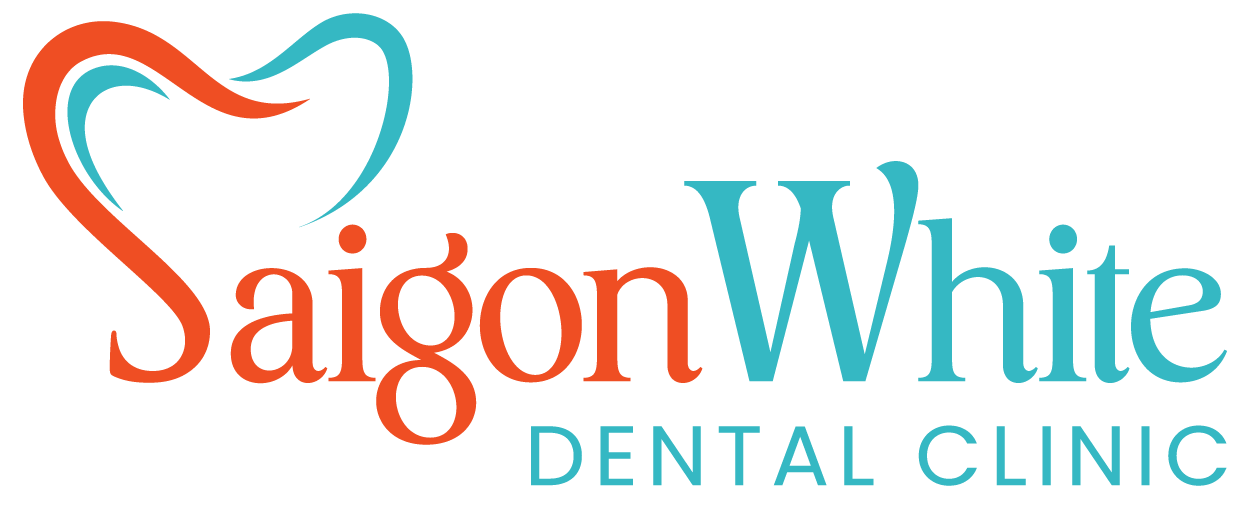A straight, confident smile isn’t just about looks—it’s about oral health, function, and long-term wellness. Orthodontic braces are one of the most effective ways to align teeth and improve bite issues. In recent years, Vietnam has emerged as a top destination for orthodontic treatment, offering high-quality care at a fraction of Western prices.
Whether you’re a local resident or an international dental tourist, understanding orthodontic braces in Vietnam—including procedures, types, and benefits—can help you make an informed decision for your smile journey.

What Do Orthodontists Do?
An orthodontist is a dental specialist who focuses on diagnosing, preventing, and correcting misaligned teeth and jaws. While general dentists handle cleanings, fillings, and checkups, orthodontists undergo an additional 2–3 years of specialist training to treat issues such as:
- Crooked teeth
- Overbites and underbites
- Jaw misalignment
- Crowding and spacing problems
In Vietnam, most orthodontists practice in modern dental centers in major cities, many of which cater to both locals and foreigners with internationally certified training and English-speaking staff.
Why Get Braces?
Braces are a time-tested method of applying gentle, continuous pressure on your teeth to move them into their ideal position. You may need braces if you:
- Have visibly crooked or crowded teeth
- Experience difficulty chewing or biting
- Have jaw pain or clicking due to misalignment
- Want to improve the appearance of your smile
- Suffer from speech difficulties related to tooth positioning
Correcting these issues early—especially during adolescence—can prevent future oral health problems like tooth decay, gum disease, and TMJ disorders.
Types of Braces Available in Vietnam

Vietnam offers a wide variety of braces options for different needs and budgets. Here are the most common types available in top clinics:
Traditional Metal Braces
- Stainless steel brackets with metal wires
- Most affordable and effective
- Suitable for complex cases
- Visible but highly reliable
Ceramic Braces
- Tooth-colored brackets for a less visible appearance
- More aesthetic than metal
- Slightly more delicate and may require extra care
- Slightly higher cost
Lingual Braces
- Placed behind the teeth (on the tongue side)
- Completely invisible from the front
- Ideal for adults concerned about aesthetics
- Typically, more expensive and may be less comfortable initially
Clear Aligners (e.g., Invisalign)
- Transparent, removable trays
- Virtually invisible
- Can be taken out for eating and brushing
- Best for mild to moderate alignment issues
- Requires high patient discipline
- Offered at many high-end clinics in Hanoi and Ho Chi Minh City
Self-Ligating Braces (e.g., Damon Braces)
- Use clips instead of rubber bands to hold the wire
- More comfortable and hygienic
- Often require fewer adjustments and visits
Braces Procedure Step-by-Step

Getting braces in Vietnam is straightforward and efficient, especially at modern clinics using 3D technology. Here’s what to expect:
Initial Consultation
- Clinical evaluation, dental x-rays, and 3D scans
- Discussion of goals and treatment options
- Personalized treatment plan and cost estimate
Preparation
- Cleaning and sometimes extracting teeth (if overcrowded)
- Placement of spacers or separators, if needed
Braces Installation
- Brackets bonded to teeth
- Archwire threaded through brackets
- Elastic bands applied (if traditional braces)
Adjustment Appointments
- Every 4–8 weeks to monitor progress and tighten wires
- May involve changing bands or wires
Braces Removal and Retainers
- After 12–24 months (or more), braces are removed
- A retainer is provided to maintain the new position of the teeth
How Long Does Braces Treatment Take?
The duration depends on:
- Severity of misalignment
- Type of braces used
- Age (teeth move faster in younger patients)
- Patient compliance (wearing rubber bands, maintaining hygiene)
Typical Duration:
- Mild cases: 12–18 months
- Moderate to complex cases: 18–30 months
- Invisalign: May range from 6–24 months
Cost of Braces in Vietnam
One of the biggest advantages of choosing Vietnam is affordable yet high-quality orthodontic care.
| Type of Braces | Estimated Cost (USD) | Notes |
|---|---|---|
| Metal Braces | $800 – $1,200 | Most affordable and widely available |
| Ceramic Braces | $1,000 – $1,400 | Aesthetic option |
| Lingual Braces | $2,000 – $3,000 | Fully hidden behind teeth |
| Invisalign / Clear Aligners | $1,800 – $3,500 | Removable, transparent trays |
| Self-Ligating Braces | $1,200 – $1,800 | Faster results, fewer visits |
Prices include regular adjustments, imaging, and aftercare retainers in many clinics.
Compared to the U.S. or Australia—where braces may cost $5,000–$8,000—Vietnam offers up to 70–80% savings without sacrificing quality.
Benefits of Getting Braces in Vietnam
Affordable Prices
- Major savings compared to Western countries
- No compromise on quality or materials
Experienced Orthodontists
- Many are trained in the U.S., Australia, and South Korea
- Fluency in English and international protocols
Advanced Technology
- Clinics use 3D digital smile design, intraoral scanners
- Transparent treatment timelines and results tracking
No Waiting Lists
- Start treatment immediately
- Faster appointments, minimal bureaucracy
Perfect for Expats and Dental Tourists
- Clinics offer free consultations, airport pickups, and packages
- Combine your treatment with travel to beautiful destinations
FAQs About Orthodontic Braces in Vietnam
❓ Is it safe to get braces in Vietnam?
Yes. Most major clinics follow global standards and use CE/FDA-approved materials.
❓ Can I get Invisalign in Vietnam?
Absolutely. Top-tier clinics in Ho Chi Minh City and Hanoi offer Invisalign with 3D planning.
❓ Do clinics speak English?
Yes. Clinics that serve international patients almost always have English-speaking staff.
❓ How often are follow-ups required?
Usually every 4–6 weeks. For foreigners, some clinics offer longer intervals or remote supervision for aligners.
Conclusion
Vietnam is one of Southeast Asia’s best destinations for orthodontic treatment with braces—offering advanced care, affordable prices, and excellent service for both locals and foreigners.
From traditional metal braces to invisible aligners, trained orthodontists across Vietnam can help you achieve the smile you’ve always wanted—safely, affordably, and beautifully.
Ready to Start Your Smile Journey?
Book a free consultation with a trusted orthodontist in Vietnam today and take the first step toward a straighter, healthier smile.

 Telegram
Telegram